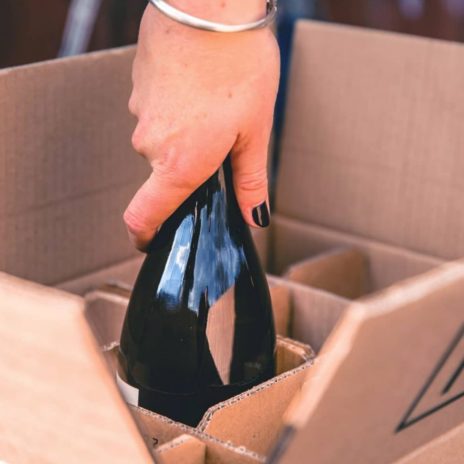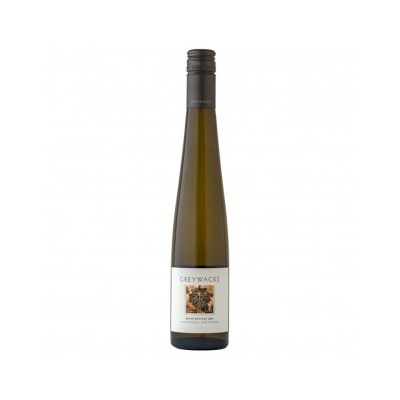Often overlooked, Gisborne is a powerhouse for New Zealand wine, contributing to roughly a quarter of the nation's output. Gisborne is not only blessed with being the first place in the world to see the light of a new day it also boasts a rich history such as being the first location in New Zealand that Captain James Cook set foot back in 1769. Over 80 years later in the 1850s, the first vines were planted in the region's predominantly loam, silt, and clay soil. In the early 1980’s Gisborne weathered the phylloxera outbreak New Zealand experienced, managing to damage via a mass of replanting. The region's soil favours aromatic varietals such as Chardonnay and Gewürztraminer, complemented by the regions remote easterly location and long sunshine hours making ‘Gizzy’ a favourite
Gisborne is comprised of three subregions; Patutahi, Manutuke and Ormond. Each region is quite distinctive from the others; Patutahu is notably warmer because of its geographic location, being further inland, the region retains more of the day's warmth and experiences relatively low rainfall and great drainage due to the sloping terrain and soils with heavy clay content. Manutuke is more coastal, its sandy silt-soils (with the heavier complex Kaitai clay in the hills to the west) still benefit from fantastic drainage making it well suited for Chardonnay. Ormond sits further north of the town. The slopes with high clay content and sandy topsoils made the subregion the top candidate for Gisborne's first commercial planting, as well as set the stage for the production of the regions top Chardonnays.
The hills surrounding Ormond provide such effective shelter from the elements the Chardonnay ripens up to 6 weeks before their southern counterparts, however, the hills don’t always act in favour on the grapes. If conditions are particularly wet, vintners may experience problems with keeping the crop free of rot or disease.

